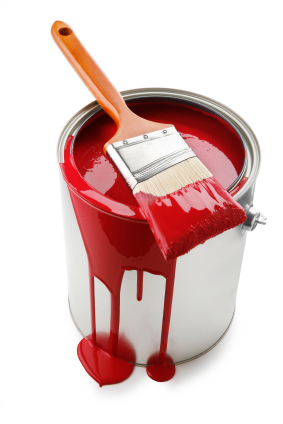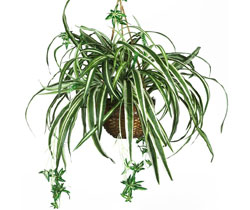From Better Buildings to Poor Quality of Ambient Indoor Air

Since the 1970s, building methods have resulted in homes, school, and office buildings that trap air within their airtight walls. The “stuff” we put inside our homes and offices are most often synthetic materials that
release hundreds of volatile organic chemicals (VOCs) into the air. Our electronic devices also emit various organic compounds. Carpets, pressed wood products, fiberboard, carpeting, glues and resins — all synthetics we place in our homes, despite that they emit toxic vapors — have largely replaced natural materials. It is little wonder that allergies and infections increasingly compromise healthy respiratory systems.
Most often, the indoor environment has a higher concentration of bacteria, viruses, and volatile organic chemicals (VOCs) than the outdoors.
What are VOCs?
From the EPA’s Introduction to Indoor Air Quality (http://www.epa.gov/iaq/voc.html):
“Volatile organic compounds (VOCs) are emitted as gases from certain solids or liquids. VOCs include a variety of chemicals, some of which may have short- and long-term adverse health effects. Concentrations of many VOCs are consistently higher indoors (up to ten times higher) than outdoors. VOCs are emitted by a wide array of products numbering in the thousands. Examples include: paints and lacquers, paint strippers, cleaning supplies, pesticides, building materials and furnishings, office equipment such as copiers and printers, correction fluids and carbonless copy paper, graphics and craft materials including glues and adhesives, permanent markers, and photographic solutions.
“Organic chemicals are widely used as ingredients in household products. Paints, varnishes, and wax all contain organic solvents, as do many cleaning, disinfecting, cosmetic, degreasing, and hobby products. Fuels are made up of organic chemicals. All of these products can release organic compounds while you are using them, and, to some degree, when they are stored.
“EPA’s Office of Research and Development’s “Total Exposure Assessment Methodology (TEAM) Study” (Volumes I through IV, completed in 1985) found levels of about a dozen common organic pollutants to be 2 to 5 times higher inside homes than outside, regardless of whether the homes were located in rural or highly industrial areas. TEAM studies indicated that while people are using products containing organic chemicals, they can expose themselves and others to very high pollutant levels, and elevated concentrations can persist in the air long after the activity is completed.
“Studies have found that levels of several organics average 2 to 5 times higher indoors than outdoors. During and for several hours immediately after certain activities, such as paint stripping, levels may be 1,000 times background outdoor levels.”
US Government environmental agencies rate indoor air pollution as America’s biggest pollution problem. A five-year study conducted by the EPA discovered 20 different toxic compounds in the air inside homes and the concentration of these pollutants were 200 times higher than the air outdoors.
Unfortunately, those most vulnerable to the damaging effects of indoor air pollution are the same persons who are most exposed: children, the elderly, and chronically-ill persons spend most of their time indoors (especially in the winter).
The American College of Allergy, Asthma, and Immunology (ACAAI) suggests that 50% of all illnesses are correlated with, or further aggravated by, poor indoor air quality. According to the National Academy of Sciences, indoor air pollutants cost Americans in the vicinity of $15 billion to $100 billion annually, while causing both short-term and long-term ill-health effects. The verdict is in: indoor air pollution is an expensive and pervasive problem, yet it is one that individuals can do something about.
It is essential that builders incorporate proper ventilation as well as air purification and filtration systems into building plans to prevent Sick Building Syndrome. The indoor ambient air should be safe for everyone and promote the wellbeing of all who enter. Filling our homes and offices and public indoor environments with plants is one step toward achieving mentally and physically healthy living spaces.

